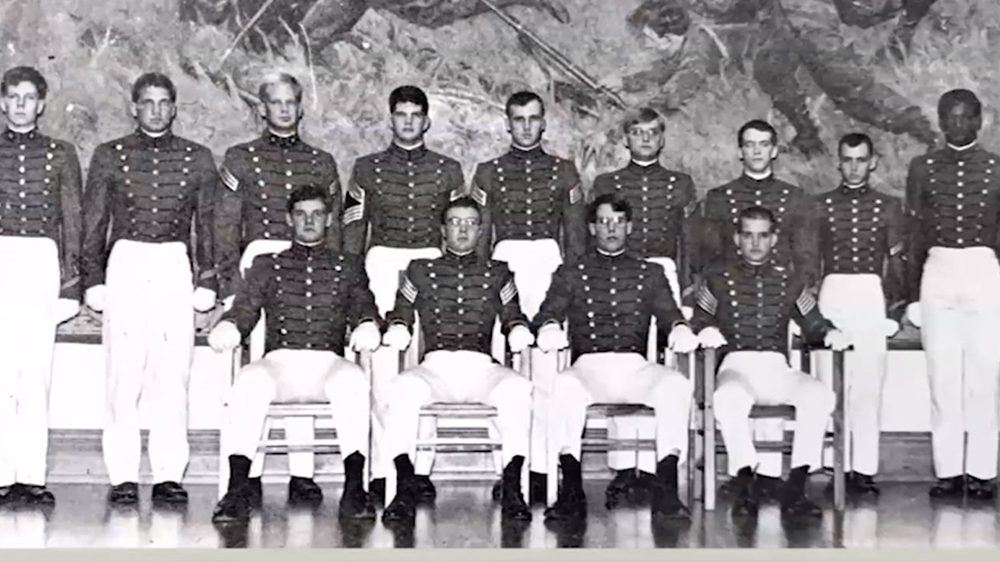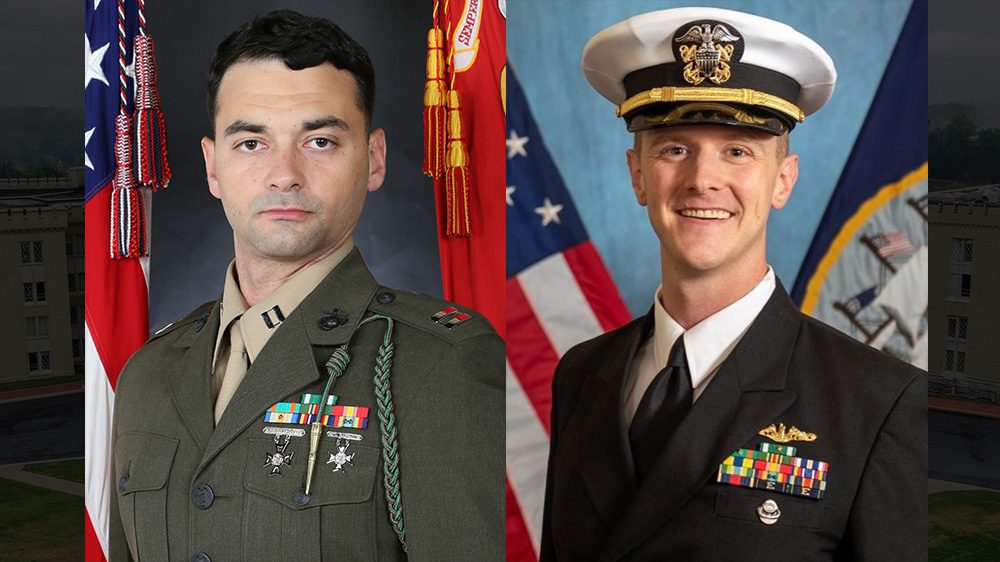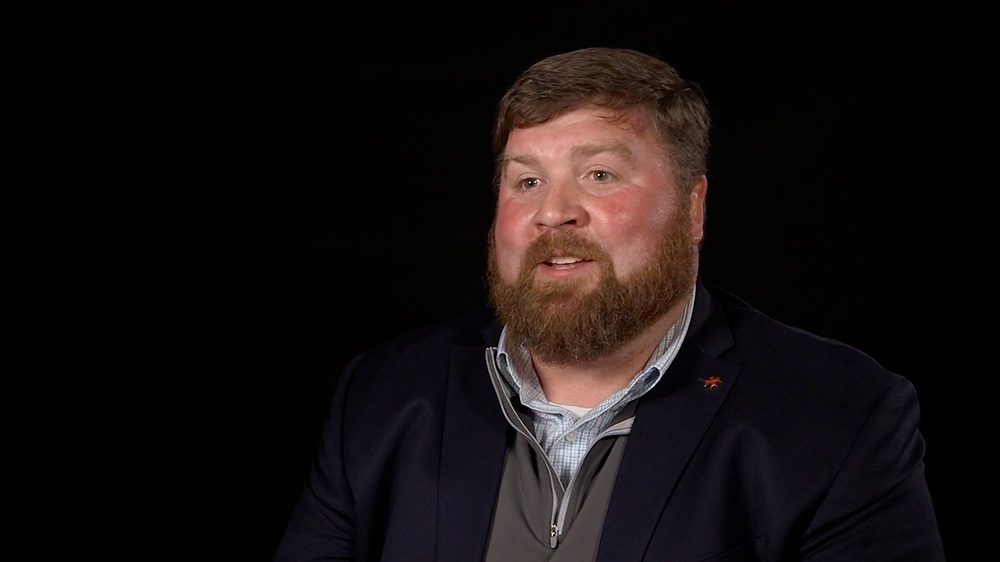Col. Keith Gibson ’77, VMI Museum System director, spent hours in the VMI Archives recently. He researched the honor system at VMI throughout the Institute’s history. He shared what he learned with the audience at the April 6, 2021, virtual alumni town hall meeting in a presentation titled Pursuit of the Ideal.
At the beginning of VMI’s history, the Honor Code was not codified. VMI cadets were gentlemen, and as such, “could not abide” lying, cheating, or stealing, explained Gibson. The earliest existing court-martial records date from 1848. The Institute did have courts to deal with infractions of internal rules and things like being drunk in public or being AWOL. Court members always included at least one cadet, plus staff and faculty. Occurrences of lying, cheating, and stealing, though, were rare. From the court, a cadet would receive a penalty commensurate with the violation, including dismissal. The records call this a “dishonorable discharge.”
In the Institute’s early years, the Corps did not want to have specific rules about honor. The cadets were initially lukewarm to institutionalizing honor, Gibson said. If honor was codified and institutionalized, it was not real honor.
In 1908, Lt. Gen. Edward Nichols, VMI Class of 1878, was the superintendent. He was concerned about hazing. He appealed to the cadets’ “personal sense of integrity” to combat the issue. A “court of honor” was established. At that time, cadets were considered gentlemen and thus inherently honorable. Extending the court of honor to deal with issues of lying, cheating, or stealing was considered unnecessary.
The framework of the current Honor System comes from World War I. In 1917, federal troops were housed at VMI alongside cadets. Wearing different uniforms, the federal troops lived with and formed up with the Corps. They were at VMI for short periods of time under the Specialized Training Program. Many of these troops were not interested in cadet life or honor, and the practical need for an honor system arose, Gibson explained.
By the beginning of the 1919 academic year, the Corps accepted the notion of an honor system and an accompanying court to address lying, cheating, and stealing. A guilty verdict from the Honor Court would result in a dishonorable discharge—a drum out. The drum out was adopted from the U.S. Army manual for courts-martial. Originally, guilty cadets were present. This has not been the case since at least the late 1960s, Gibson said. More recently, the act of naming the drummed-out cadet has been discontinued.
“Throughout its history, the Institute has dedicated itself to the principles of honorable conduct ... Although statements of procedure and policy differ from one cadet generation to another, the basic principle of the VMI honor system has remained constant.”
Col. Keith Gibson '77, VMI Museum System director
During the first half of the 20th century, the Honor Court consisted of the 1st Class cadet officers, three elected 1st Class cadet representatives, the 2nd Class cadet officers, and the president and vice president of the 3rd Class. In 1927, the General Committee was conceived by Brig. Gen. William Cocke, superintendent and VMI Class of 1894, to deal with separate disciplinary issues.
With World War II came more changes at VMI. Federal troops were again housed with the Corps for training. After the war, seasoned veterans—many of whom were commissioned officers—returned to finish their education. Reorganization of the responsibility for cadet leadership, which was in the hands of a few cadets, had been considered for years.
Change came during the 1951-52 academic year, when then-Cadet Peyton J. Marshall Jr. ’52 was chosen as the regimental commander. He was also the class president. At that time, he would have been the General Committee president and the Honor Court president due to his position as class president. Marshall worked with the Corps and administration to change the cadet governance and put it into the hands of more cadets.
In the 1970s, the cadet government system was clarified. The General Committee dealt with class privileges, the Executive Committee with public behavior, and the Rat Disciplinary Committee with the rat system. The Honor Court dealt only with violations involving lying, cheating, and stealing.
In the 1980s, more education about how the Honor Court functioned was added for cadets. Despite this, cases of cheating and stealing rose. In the 1990s, small “cells” of cadets who did not care about the honor system sprang up, starting in summer school with a cheating ring. These cells agreed not to report instances of lying, cheating, or stealing.
Maj. Gen. John Knapp ’54, superintendent, appointed an honor task force. Alumni and the Board of Visitors became involved. Several changes came during this time, including adding a randomly selected jury to hear Honor Court cases and an appeals committee to the BOV to hear contested honor convictions. Both changes remain today.
The randomly selected jury meant more cadets could take part in and have ownership of the Honor Court. The Corps was surveyed in 1995 and again in 2001. The survey revealed that the changes in the 1990s resulted in a renewed respect for and commitment to the Honor Code.
“Throughout its history, the Institute has dedicated itself to the principles of honorable conduct,” Gibson said toward the end of his presentation. “Although statements of procedure and policy differ from one cadet generation to another, the basic principle of the VMI honor system has remained constant.”
The system’s success comes from its simplicity, distilled into 13 words, Gibson continued. From these words, the Commonwealth, the nation, and the world have benefited immeasurably.
-

Molly Rolon Editorial Specialist




